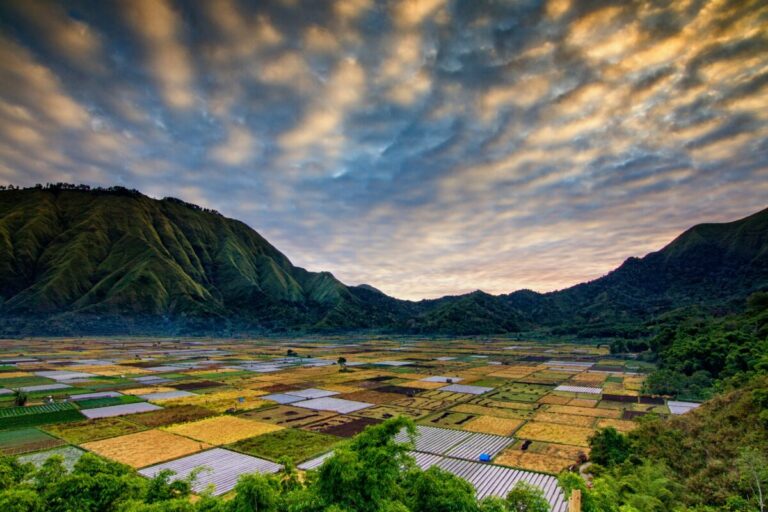An international research team from Canada, China and the US has said that developers should stop focusing not only on resource availability, but also on resource variability and resource extremes, to avoid a “drought” of renewable energy sources. prevent solar and wind energy locations.
A team of researchers has proposed a model for assessing potential renewable energy droughts at existing solar and wind sites and urged developers to consider a ‘trilemma’ of competing factors when planning future deployment to take.
The research paper “Trilemma of renewable energy quality and coincident wind and solar droughts”, available in the magazine Communication Earth & Environmentsays that while wind and solar are becoming mature and economically competitive, the two sources remain variable and intermittent.
It adds that in some cases renewable energy droughts, defined as extreme or prolonged reductions in renewable energy generation, could coincide over large regions and impact energy systems that require investor, public or national support. undermine policy.
Stating that knowledge of renewable energy droughts remains limited, the paper then proposes a statistical method to identify and characterize renewable energy droughts using long time series data with high spatiotemporal temporal resolution. The model uses three categories of droughts – blue, orange and red – to represent the risk to existing energy systems.
The methodology is applied to China, the country with the largest electricity sector in the world. It is found that there is a high correlation between wind and solar drought in Heilongjiang, Inner Mongolia East, Jilin and Liaoning provinces, all of which are connected to the northeastern Chinese power grid. Meanwhile, a strong presence of solar drought is highlighted in Tianjin, Beijing, Hebei, Henan, Jiangsu and Shandong, all of which are connected to the adjacent power grids in northern, central and eastern China.
According to the researchers, the methodology could be applied to other countries. “The results could be essential as a basis for capacity expansion and operational strategies for a reliable, carbon-free energy system insulated from the dangers of wind and solar droughts,” the paper says.
The researchers also propose a ‘trilemma’ of indicators to assess the quality of a renewable energy site. The first, resource availability, is currently the most important factor and is used in measuring the annual capacity of the site.
The second, resource variability, relates to the stability of a location and is measured by the standard deviation of the capacity factor. The researchers say this can be managed using short-term battery storage.
The third, extreme resources, refers to resource quality in terms of energy drought propensity. The article says this metric could guide the development of long-term energy storage and other backup sources.
The academics say that using this triad “could improve existing understanding of renewable energy quality and identify ‘ideal’ locations for renewable energy development.” They add that the importance of each aspect of the trilemma will shift as a country works to decarbonize its economy, meaning stakeholders should prioritize one of three areas with different levels of renewable energy penetration.
“At low levels of penetration of variable renewables, priority will have to be given to resource availability; as the penetration of variable renewable energy increases, system planners should prioritize the property of resource variability at higher penetration levels; and in deeply decarbonized systems, planners will need to focus on the extreme resource attribute,” the research paper notes.
Researchers from Beihang University, the Rocky Mountain Institute in Beijing, the University of North Carolina, Stanford’s Carnegie Institution for Science, Duke University and Ottawa’s Carleton University contributed to the study.
This content is copyrighted and may not be reused. If you would like to collaborate with us and reuse some of our content, please contact: editors@pv-magazine.com.


